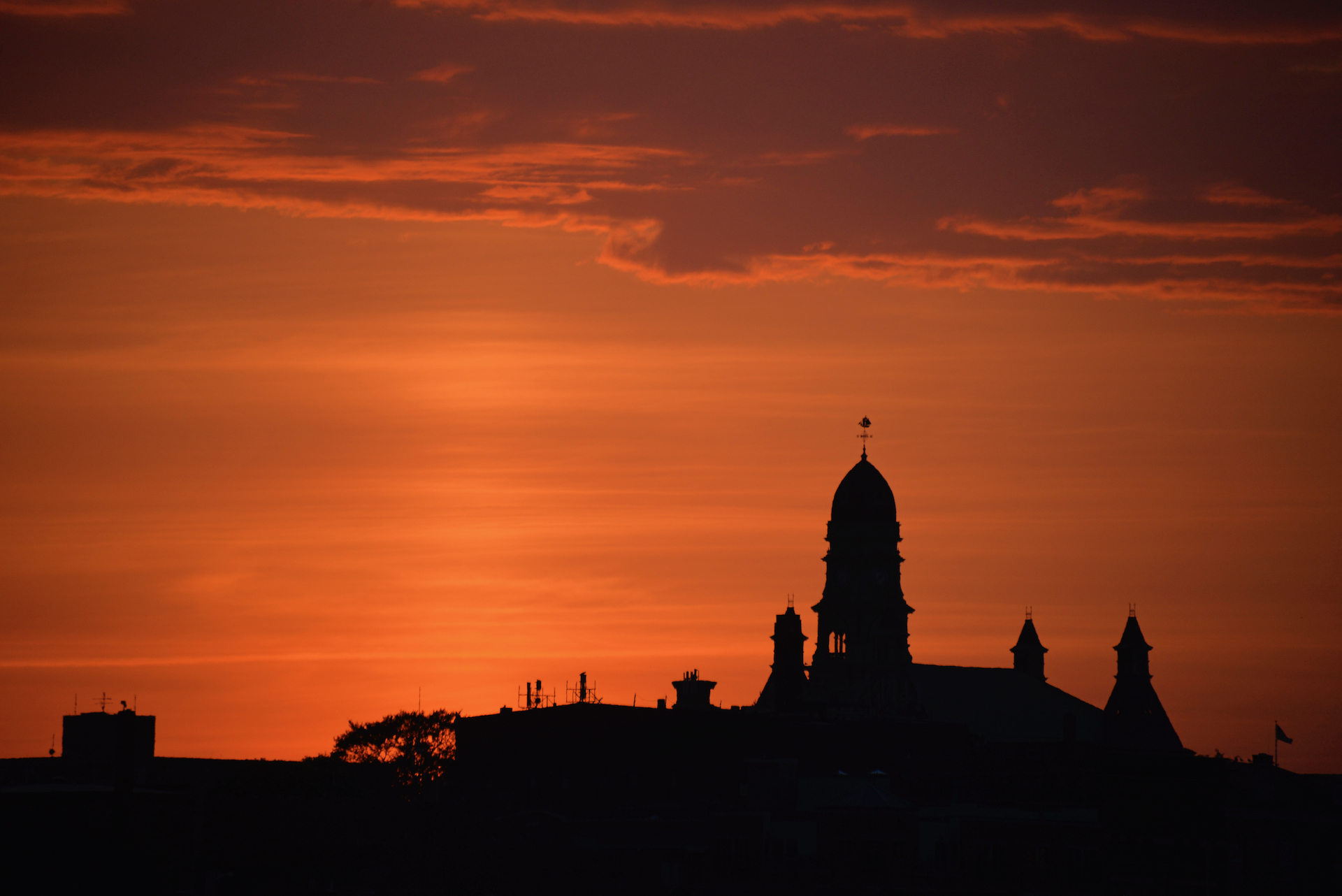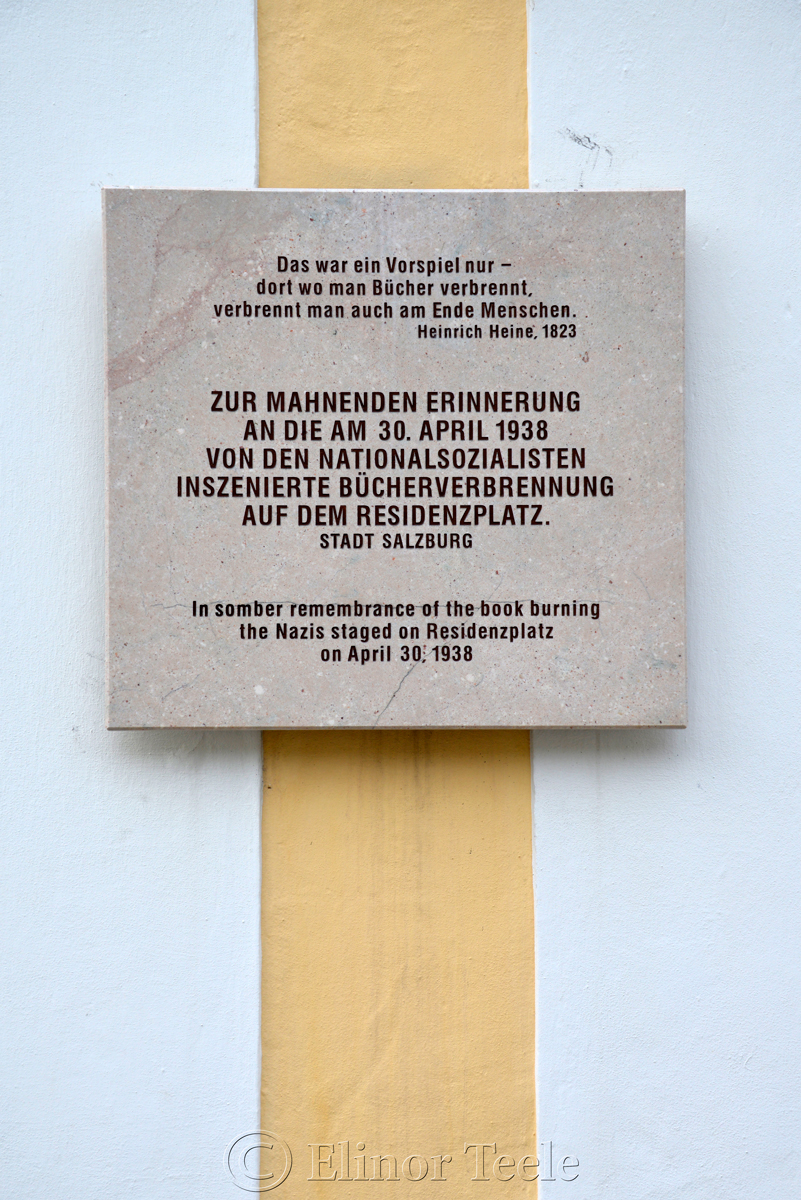Salzburg residents conducted a bücherverbrennung (“book burning”) in the Residenzplatz in 1938. This was one in a series of vicious antisemitic acts. After the Anschluss, Nazi sympathizers also burned the city’s synagogue, placed Jewish citizens in Salzburg under Nuremberg laws, and beat Jewish men on the street.
Southern Germany is just over the border from the city, and Hitler found a lot of strong support from Austrians. In his memoir, Stefan Zweig tells stories of terrified Jewish refugees streaming across the border from Bavaria in the early 1930s. As a Jew, Zweig quickly saw the writing on the wall. On his last visit to Salzburg, in 1936, he conducted his own burning:
“For two days the incinerator smoked from an auto-da-fé of letters and innumerable papers. Stefan stood there watching the flames which seemed to liberate something inside him.”*
After wandering through a series of Allied countries, Zweig moved to Brazil. He and his wife committed suicide in 1942.
Sound of Music Bonus: The scene after Maria and Captain Von Trapp’s wedding shows Nazi troops goose-stepping across the Residenzplatz and a Swastika flag hanging from the wall of the Residenz palace. Apparently, when 20th Century Fox approached city officials for permission to film this scene, they received resistance.
“Oh no,” city officials were said to have protested, “we can’t have that.” (Remember that this conversation took place only 20 years after the end of World War II.)
“We quite understand,” the studio soothed, “we’ll just use historical footage instead.”
At which point, the city officials gladly agreed to the filmmaker’s demands. If the studio had used real-life footage in the movie, you would have seen hundreds of Salzburg residents cheering on the Nazis as they entered the city. In the final version, the square is empty.**
* See The Impossible Exile: Stefan Zweig at the End of the World by George Prochnik.
** See The Sound of Music FAQ by Barry Monash.

